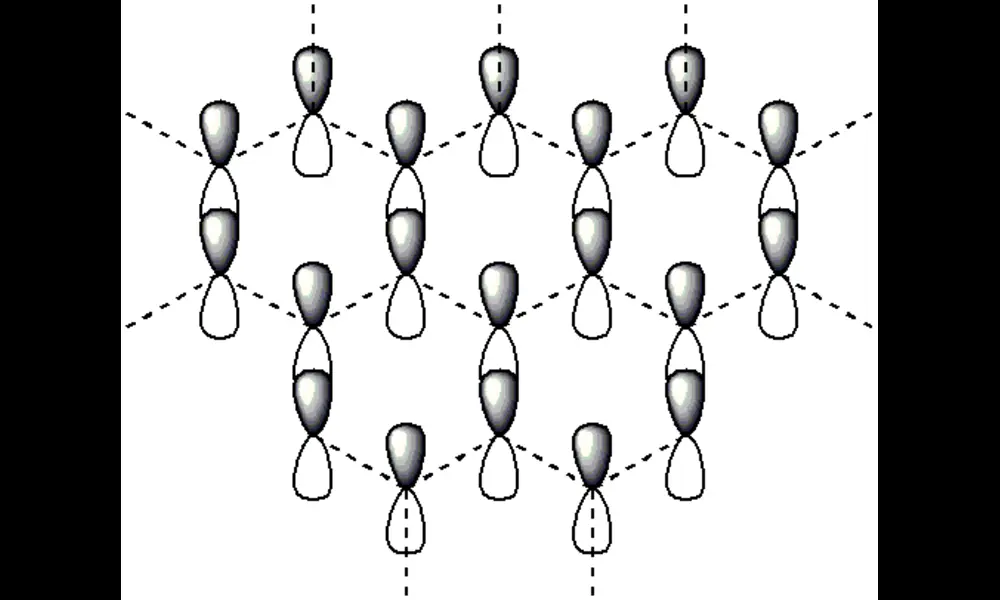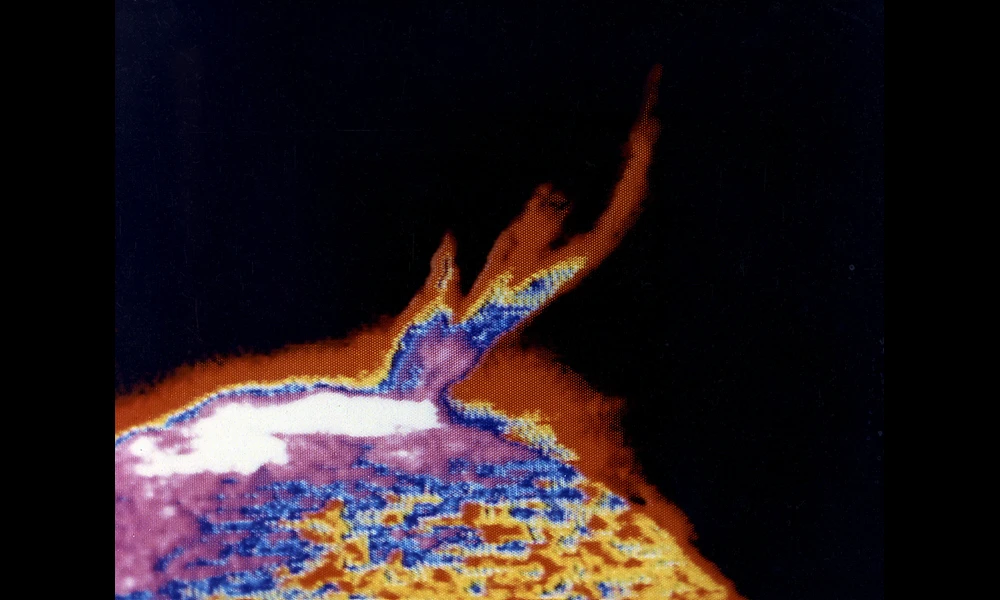New Research Reveals Secrets of Ultrasonic Exfoliation of 2D Materials
Published on Thu Jun 29 2023 Hydrogen Under Extreme Pressure | ChiralJon on flickr
Hydrogen Under Extreme Pressure | ChiralJon on flickrNew research published in the journal Nature Communications has unveiled the intricacies behind the process of ultrasonic liquid phase exfoliation (ULPE) of two-dimensional (2D) materials. ULPE is a widely studied technique for producing large-size monolayer flakes of 2D materials, which have immense potential in energy storage, catalysis, and nanoelectronics. However, understanding the underlying mechanisms of this process has been challenging due to the highly transient and dynamic nature of the phenomena involved.
In this study, researchers used ultra-short X-ray Free Electron Laser (XFEL) pulses, with a temporal resolution of just 886 nanoseconds and a spatial resolution of 3.2 micrometers, to capture real-time images of the ULPE process. The XFEL pulses, combined with high-speed optical imaging, allowed the scientists to observe and quantify the dynamics of cavitation bubbles, bubble implosion, shock wave emission, and the exfoliation of 2D materials.
The researchers found that shock waves produced by cavitation bubbles were the dominant mechanism for deflection and exfoliation of graphite layers in the ULPE process. They discovered that the exfoliation rate varied depending on the type of graphite material, with rates as high as 5 angstroms per shock wave impact for graphite flakes and 0.15 angstroms per impact for highly oriented pyrolytic graphite (HOPG).
These findings provide crucial insights into the exfoliation dynamics of 2D materials and have important implications for developing industrial-scale ultrasonic exfoliation strategies. By better understanding the processes involved in ULPE, researchers can work towards more efficient and cost-effective methods for producing large quantities of high-quality 2D materials.
Overall, this research sheds light on the complex interactions between ultrasound pressure waves, cavitation bubbles, and solid materials during the ULPE process. With further research and development, this knowledge could pave the way for advancements in various fields that rely on 2D materials, such as energy storage and nanoelectronics.



